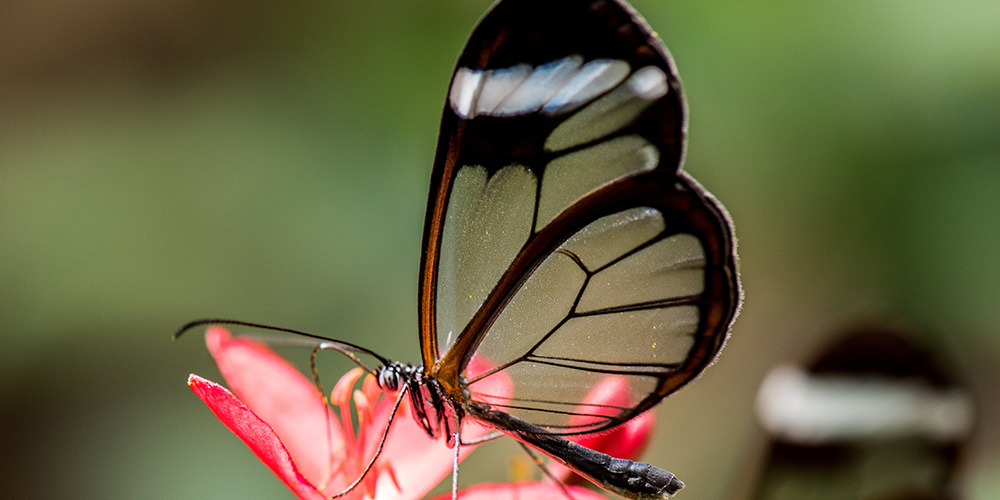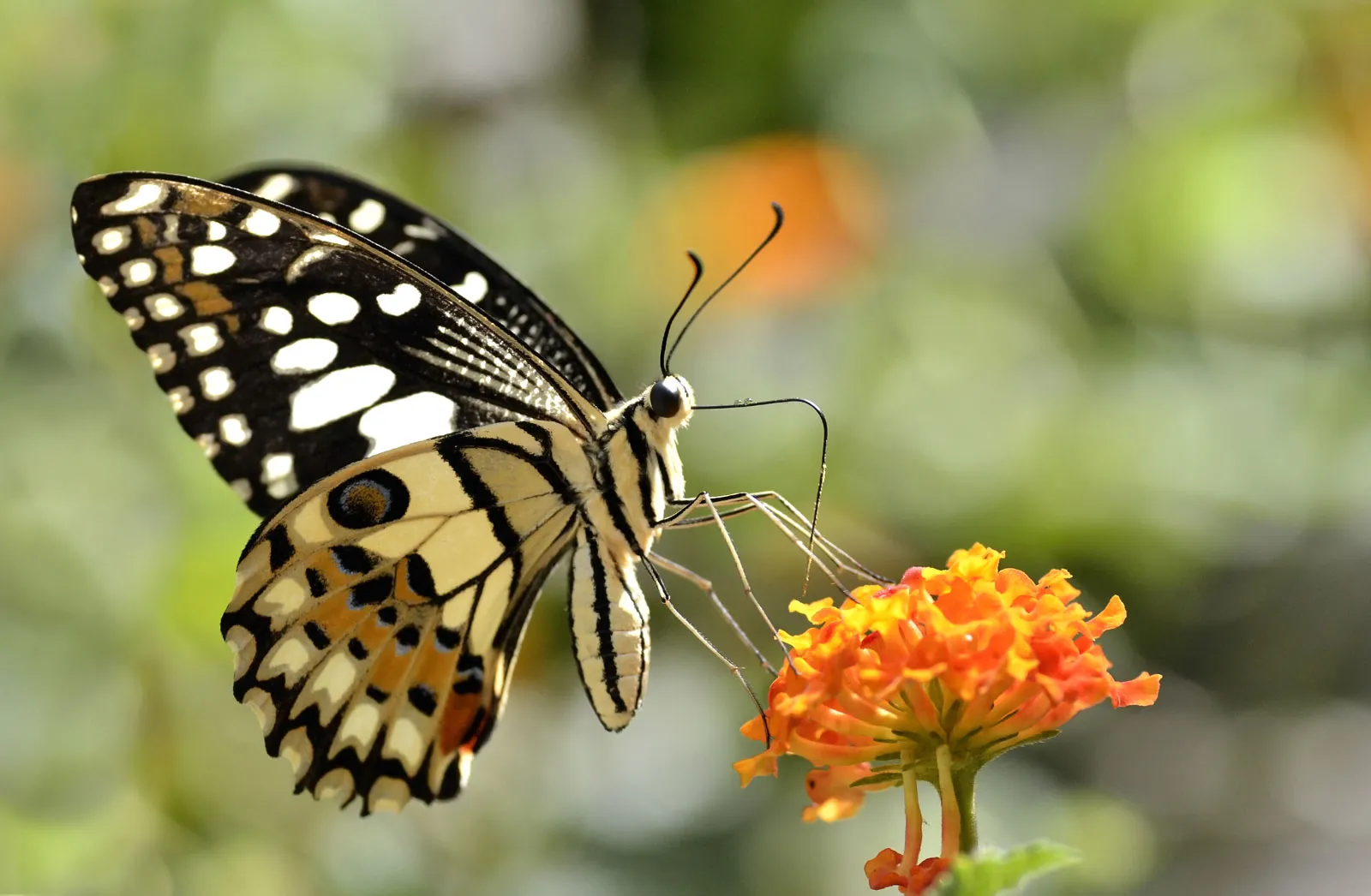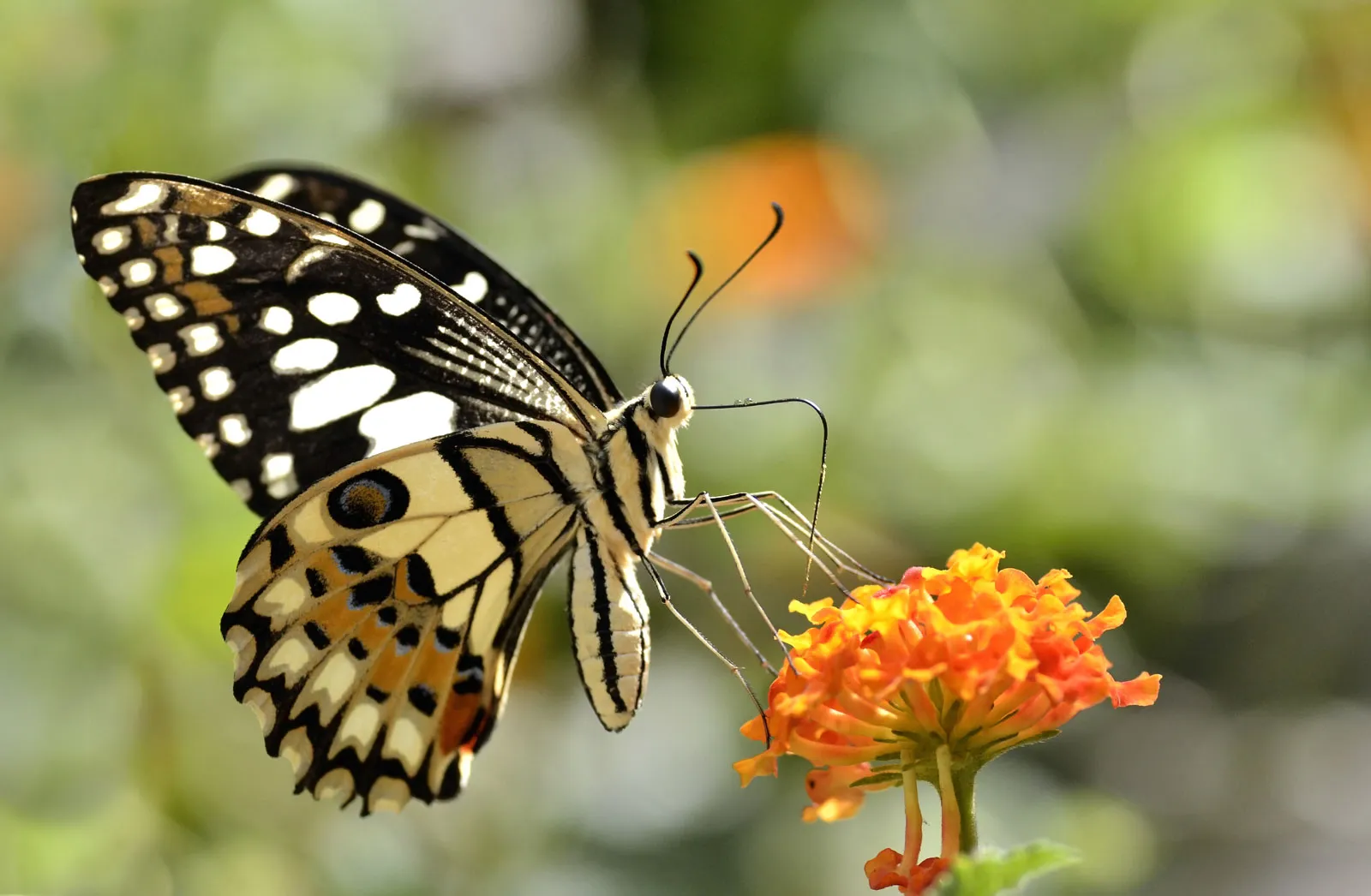Blog
The Meaning of Butterfly Symbols on Flowers in Culture and Art
Butterflies have long been associated with beauty, transformation, and the ephemeral nature of life. When coupled with flowers, these delicate creatures create a powerful symbol deeply rooted in various cultures and artistic expressions across time. In this blog post, we’ll delve into the profound meaning of butterfly symbols on flowers, exploring their cultural significance, interpretations in art, and their enduring resonance in contemporary society.
The Symbolic Relationship Between Butterflies and Flowers
Transformation and Rebirth
At the heart of the symbolism surrounding butterflies is the theme of transformation. The metamorphosis of a caterpillar into a butterfly serves as a potent metaphor for personal growth and change. In many cultures, this transformation reflects concepts of rebirth and renewal. When depicted on flowers, butterflies signify not just the beauty of nature but the process of evolving and flourishing amidst life’s challenges.
The fragility of both butterflies and flowers also contributes to this symbolism. Both are often seen as fleeting manifestations of beauty that remind us of the transient nature of life. This duality invites deeper contemplation about our own journeys and the changes we undergo through various life stages.
>>> Buy now: Butterfly Apparel Butterfly Button Up Shirt for Men and Women
Love and Passion
In many cultures, flowers themselves are loaded with meaning, often representing love, passion, and affection. When butterflies appear on flowers, they amplify these messages. For instance, a butterfly perched delicately on a rose can symbolize the idea of love that has endured transformation or blossomed anew. This connection can be seen in different cultural traditions where specific flowers and butterflies intertwine to express sentiments ranging from romantic love to familial bonds.
Hope and Joy
Butterflies are often associated with joy, freedom, and hope. Their graceful flight and vibrant colors evoke a sense of happiness and playfulness. When depicted with flowers, butterflies can symbolize a sense of hope blooming amid adversity. For instance, a butterfly fluttering over a field of wildflowers may remind viewers that beauty and joy can emerge from even the most challenging circumstances. This powerful association has made butterflies and flowers a popular motif in art and literature.
Cultural Interpretations of Butterfly Symbols
Eastern Cultures
In Chinese culture, butterflies symbolize marital happiness and joy. The presence of a butterfly in floral arrangements is often seen as an omen of good fortune in love. Ancient Chinese poetry frequently celebrated butterflies as symbols of delicate beauty and love, enhancing the romantic connotations of flowers. The symbolism extends further with butterflies representing transformation in the context of spirituality, highlighting the soul’s journey towards enlightenment.
Japanese culture also finds deep meaning in butterflies, known as “chocho.” They are seen as the souls of the departed, particularly of young women, and are linked to themes of rebirth. In Japanese art, butterflies often accompany flowers in intricate designs that convey both beauty and a layered sense of nostalgia, encapsulating the fleeting nature of life.
Western Cultures
In Western cultures, butterflies are predominantly symbols of beauty and nature. They evoke feelings of freedom and wilderness, aligning with the Romantic ideals of the 19th century that celebrated the beauty of the natural world. Artists like Vincent van Gogh and Claude Monet encapsulated this relationship in their works, depicting butterflies fluttering over blooming gardens as symbols of fleeting beauty and the passage of time.
In Christianity, butterflies symbolize resurrection, mirroring the resurrection of Christ. They are often paired with white flowers, representing purity and new beginnings. This correlation has been influential in religious art, where butterflies represent the promise of eternal life.
Indigenous Cultures
Indigenous cultures worldwide have their interpretations of butterfly symbolism. For many Native American tribes, butterflies are considered messengers from the spirit world. They represent change, joy, and hope. Flowers often hold spiritual significance, and when coupled with butterflies, they convey powerful messages of connection to the earth and the cyclical nature of life.
For example, the Navajo people utilize the butterfly in their stories and art, emphasizing its role as a symbol of transformation and beauty. The flowers depicted alongside butterflies in their art often resonate with the natural environment, celebrating the interconnectedness of all living things.
The Impact of Butterfly Symbols on Art
The allure of butterflies and flowers has inspired countless artists throughout history, transcending time and geography. Their interrelationship serves as a potent symbol in various art forms, including painting, sculpture, literature, and textile design.
Painting and Sculpture
From the Impressionist movement to contemporary art, butterflies and flowers have served as reoccurring motifs. Artists like Georgia O’Keeffe have utilized the delicate details of both butterflies and flowers to explore themes of femininity, nature, and identity. The vivid colors and soft edges of butterflies against the backdrop of lush floral canvases evoke emotional responses tied to beauty and longing.
Sculptors often incorporate butterfly motifs into their works, integrating them into designs that celebrate nature’s profound impact on human experience. This harmonious relationship is observed in several prominent works of art, where butterflies serve as symbols of peace and tranquility, transcending the physical shape of the sculpture to evoke a deeper emotional connection.
Literature and Poetry
In literature, authors and poets have utilized the symbolism of butterflies and flowers to explore profound themes of love, loss, and transformation. The conjunction of these two elements often serves as a poignant reminder of the transient nature of existence. Poems that reference butterflies dancing over flowers can encapsulate complex emotions using simple yet evocative imagery.
These literary references are not exclusive to traditional forms but continue to influence contemporary writers who draw upon this symbolism to convey messages of renewal and the beauty of fleeting moments in life. The power of these symbols resonates deeply, often reflecting the complexities of human emotions and experiences.
The Enduring Resonance of Butterfly Symbols Today
In modern society, the symbolism of butterflies on flowers continues to flourish. Social media, fashion, and home décor have embraced these motifs, reflecting their timeless appeal. Butterfly and flower tattoos have gained popularity among those seeking permanent reminders of personal growth and transformation, while graphic designs often exploit this imagery to convey messages of beauty and freedom.
Furthermore, environmental movements harness the beauty of butterflies and flowers to emphasize the importance of biodiversity and the preservation of natural habitats. Campaigns aimed at fostering awareness about climate change and environmental protection frequently use the butterfly-flower connection as a visual representation of a healthy ecosystem, reminding us of the delicate balance of nature.
>>> Read more: The Fascinating History of Dragon Tattoos Across Cultures
In conclusion, the butterfly symbols on flowers represent a rich tapestry of meanings deeply interwoven into various cultures and art forms. They encapsulate themes of transformation, love, hope, and the transient beauty of life. As we explore the significance of these symbols, we uncover profound insights into our shared human experience—reminders that beauty and transformation are ever-present in our lives. Whether in ancient art, contemporary design, or the simple act of gardening, the connection between butterflies and flowers continues to inspire and resonate, bridging the gap between nature and human emotion. As you encounter these enchanting symbols in everyday life, take a moment to reflect on the beauty, fragility, and transformative power they embody.



